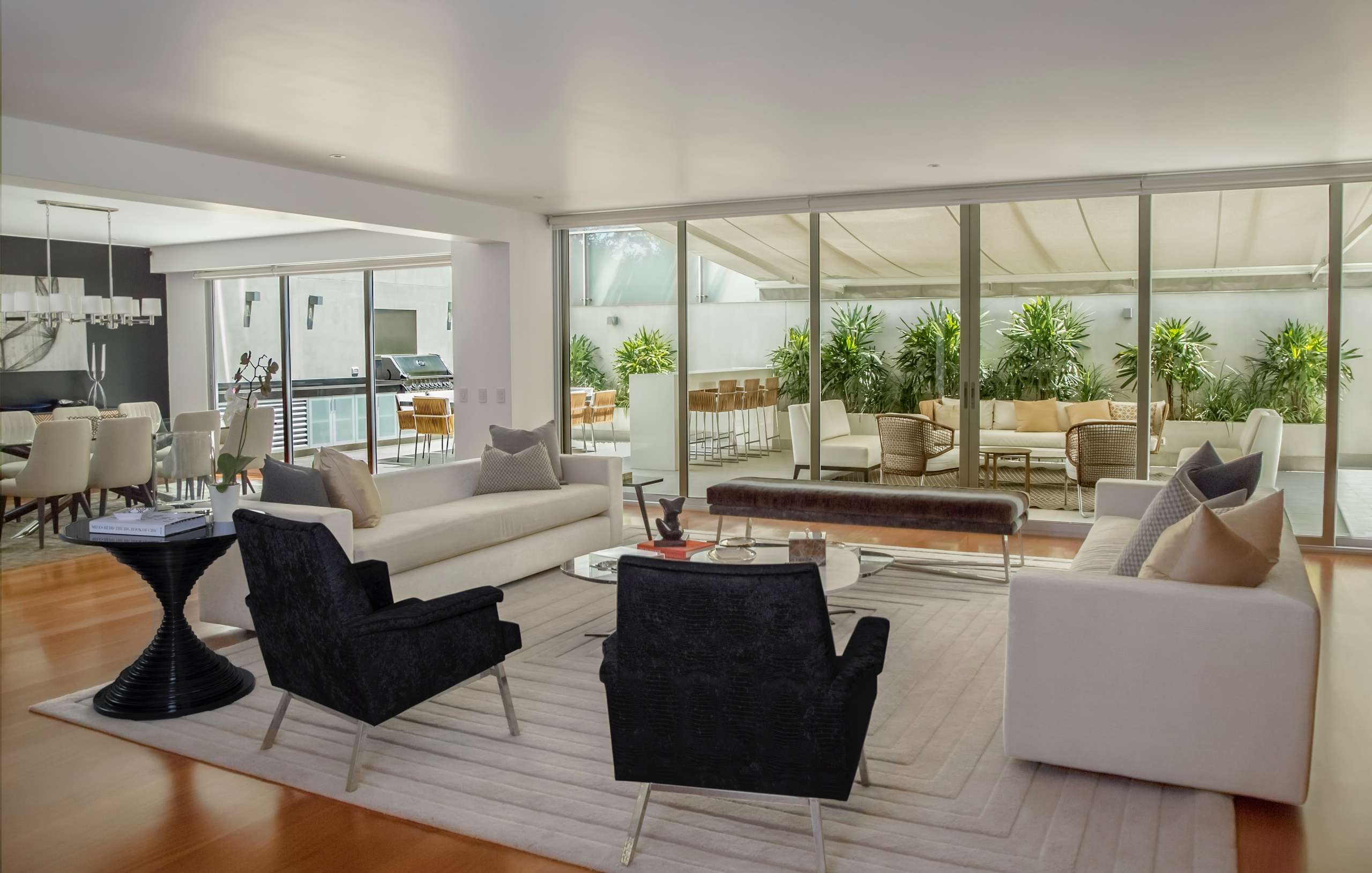Furnishing a home requires a delicate balance of finding products you love and working with the realities of your space. You might adore that impressive-looking overstuffed leather club chair, but if your home is more “cozy bungalow” than “English manor,” it probably isn’t the right choice for your space.
I have several rules of thumb I follow when designing rooms that feel “just right.”
Right-Size Rugs
Think of a rug as a foundation, not an accessory. In general, larger is generally the way to go. A rug shouldn’t float in the middle of the room; it should fit under furniture and make the space feel expansive, not awkwardly cut up. If you have a rug that you absolutely love that is too small for the space, you can try layering it over a larger, more neutral rug (something like a sisal or jute can provide texture without too much busy-ness).
Right-Size Furniture
Furniture should fit with the scale of the home and more importantly the room. So as noted above, an overstuffed chair probably won’t work in a diminutive living room. On the other end of the spectrum, a delicate piece can be easily overwhelmed by a high-ceilinged, spacious great room.
Consider the visual weight of furniture in addition to its footprint. For example, a blocky sofa that goes to the ground is going to look and feel a lot larger than a sofa on legs. Color can also play into this feeling – a room full of dark furniture is going to feel smaller than one filled with lighter-colored pieces.
Space Planning
Even the most perfect furniture can become less-than-perfect without a good plan in place. I highly recommend you space plan prior to buying furniture pieces. Consider hiring a designer, using an online space planner (here is a list of free room design tools) or the lower-tech option of blue tape on the floor to map out where each piece of furniture will go.
Though it might seem counterintuitive, “floating” furniture a few inches off the walls actually makes rooms feel less crowded. You can even float furniture completely within the room—for instance, a sofa with a console table behind it.
I like to create several smaller “zones” within a room if space allows. In large rooms, separate seating groups or areas with different functions (e.g., a work zone, reading zone and a lounging zone) will increase functionality and help to fill large rooms.
If you are someone who likes to change things up frequently, pick versatile pieces that can easily be used in other locations. For example, small accent ottomans are great for filling empty spaces and adding extra seating as well as a little additional character.
Sectionals are particularly tricky to integrate into a space. Many families love them for their practicality, but try to make an honest assessment of whether such a large piece will work in your home. They are also very inflexible in terms of rearranging furniture, so you have to know yourself and whether you and your family will have plenty of room to play and find relaxation under this limitation.
Your home should of course be filled with pieces you love, but remember that you will love them that much more when they fit the space!
See more of Gala’s work and learn about her services at http://www.galastudeinteriors.com.




